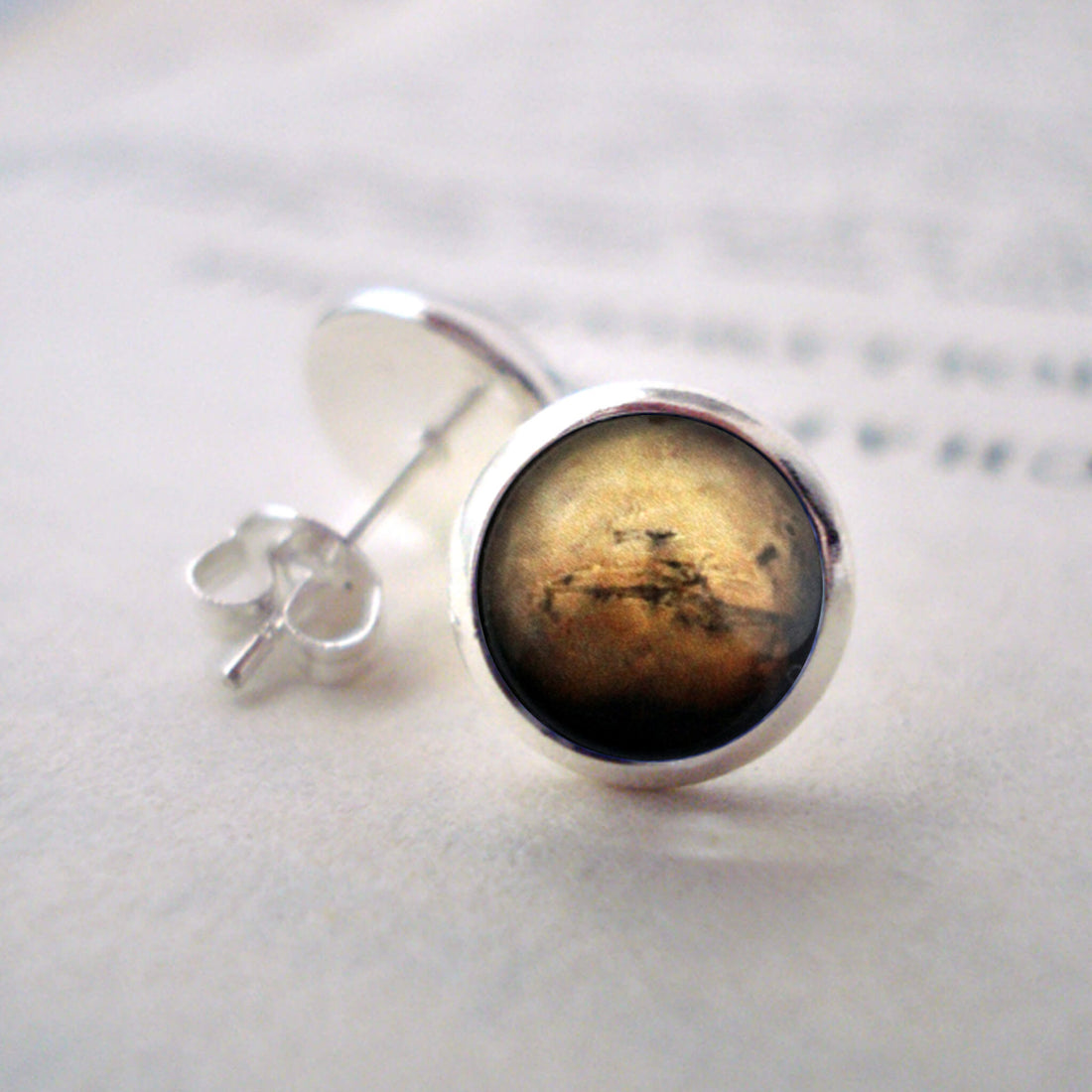
Martian Meteorite
Share
Since I’m still obsessed with the meteorite jewelry we’re cranking out, I thought it would be neat to write a little blurb about the Martian meteorite that was found on this day in 1984. Allan Hills 84001 (commonly abbreviated ALH84001) was found in the Allan Hills in Antarctica by a team of American meteorite hunters from the Antarctic Search for Meteorites, or ANSMET, project.

A specimen of ALH84001 on display in the Smithsonian
This is a program funded by the Office of Polar Programs of the National Science Foundation that looks for meteorites in the Transarctic Mountains. This geographical area tends to collect fallen meteorites on the extensive high-altitude ice fields throughout Antarctica. These meteorites get buried in snowfall and then begin centuries-long travel by way of vast sheets of floating ice. The ice sheets can be suspended by natural barriers, such as the Transarctic Mountains, and then wind erosion brings trapped meteorites back up to the surface over time.
ALH84001 is thought to be one of the oldest Martian meteorites that crystallized from molten rock approximately 4 billion years ago. Based on its chemical analyses, scientists believe it originated on Mars when liquid water existed on the planet’s surface. Fun Fact: This meteorite is the only known one that is believed to have come from a wet Mars. The theory is that ALH84001 was blasted away from the Martian surface by the impact of another meteor about 17 million years ago, and fell on Earth roughly 13,000 years ago. HOW COOL IS THAT!?
xo
B
B

